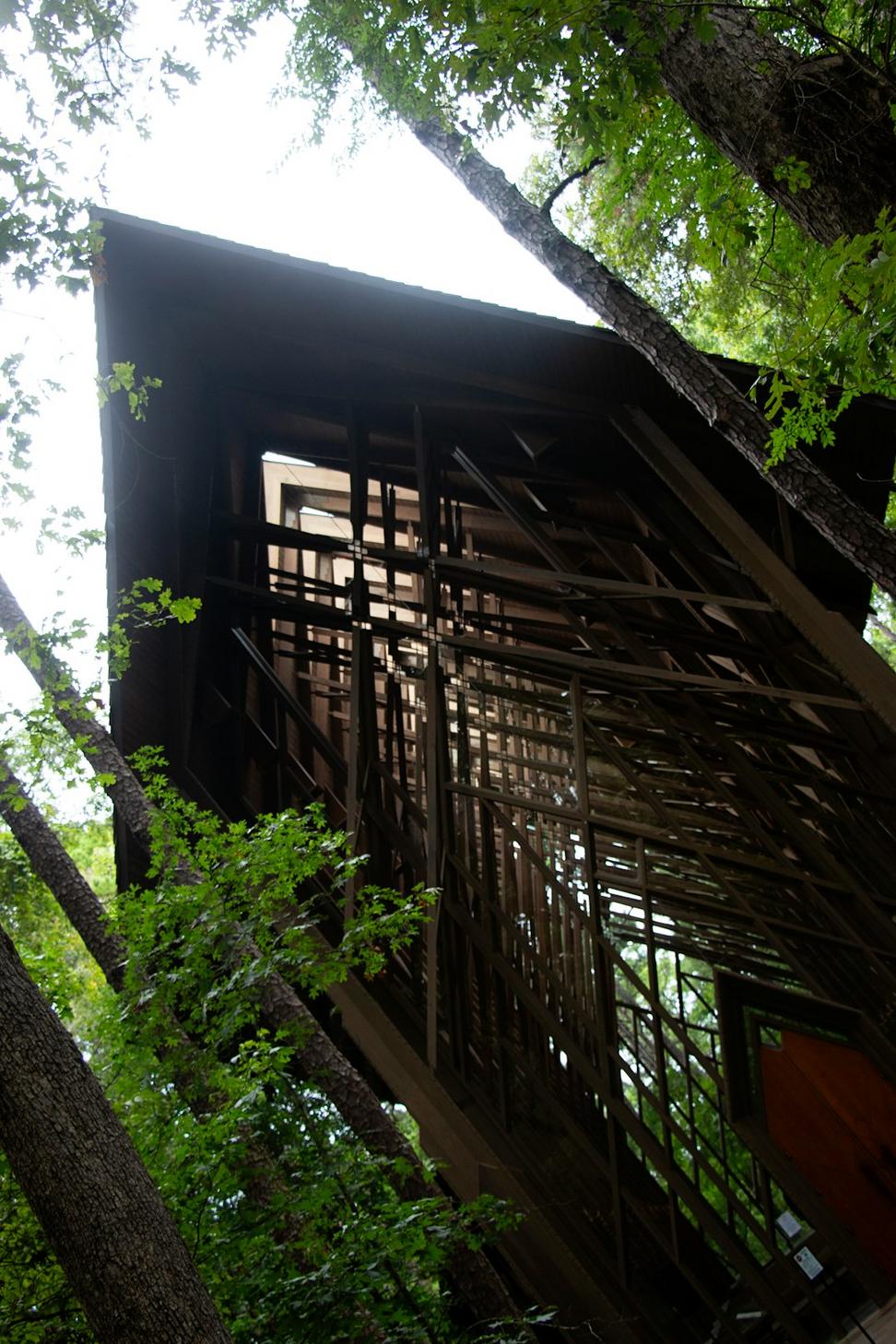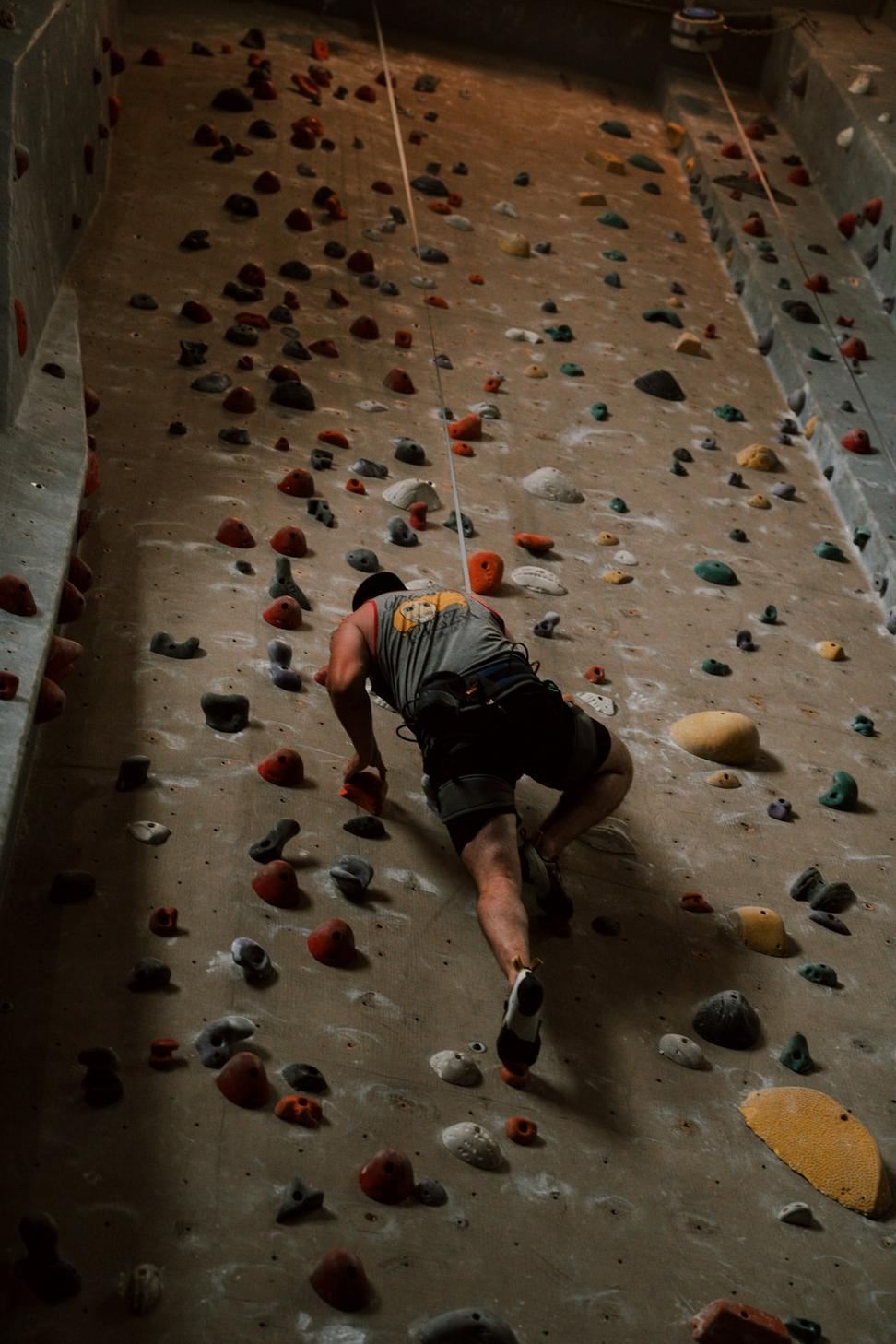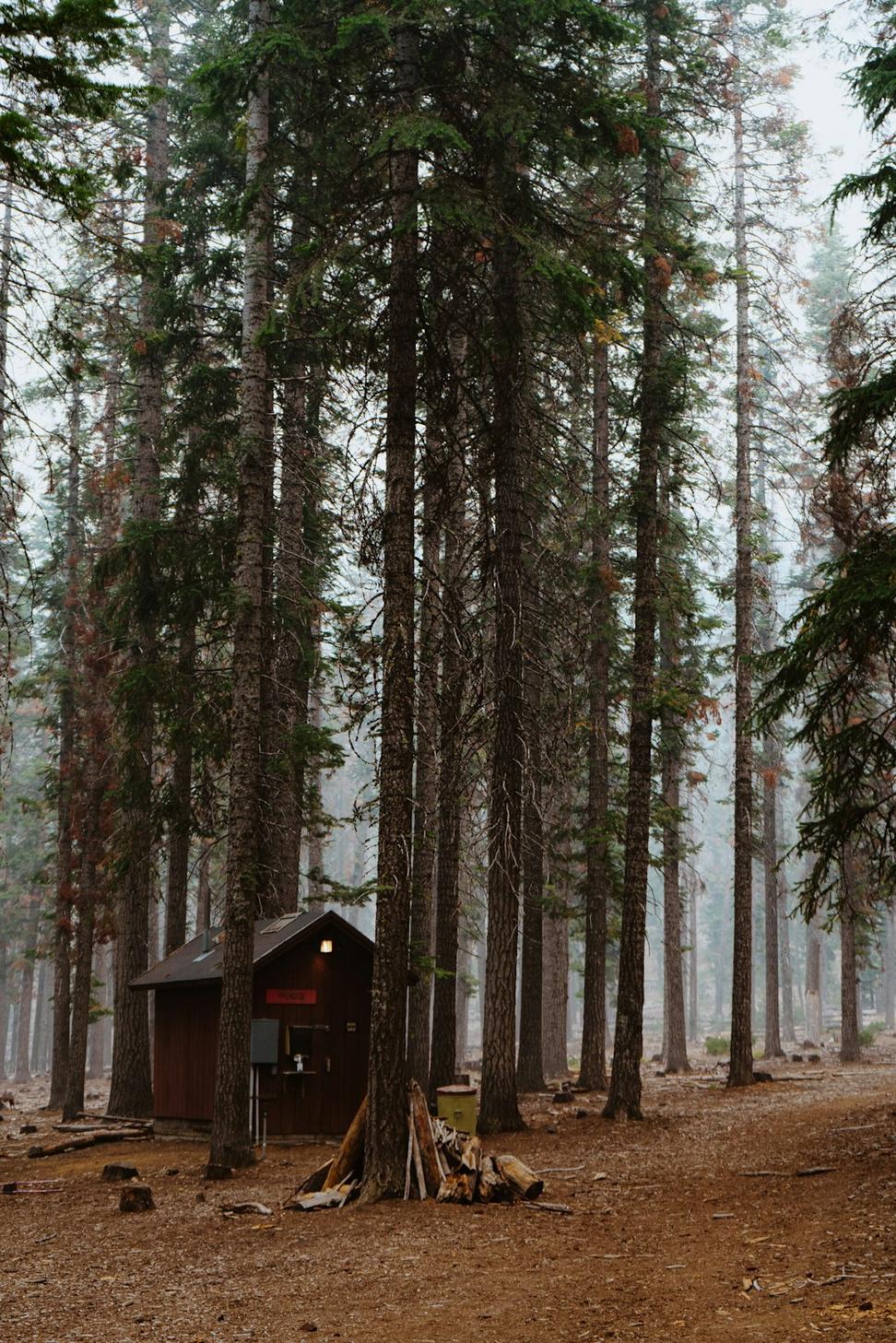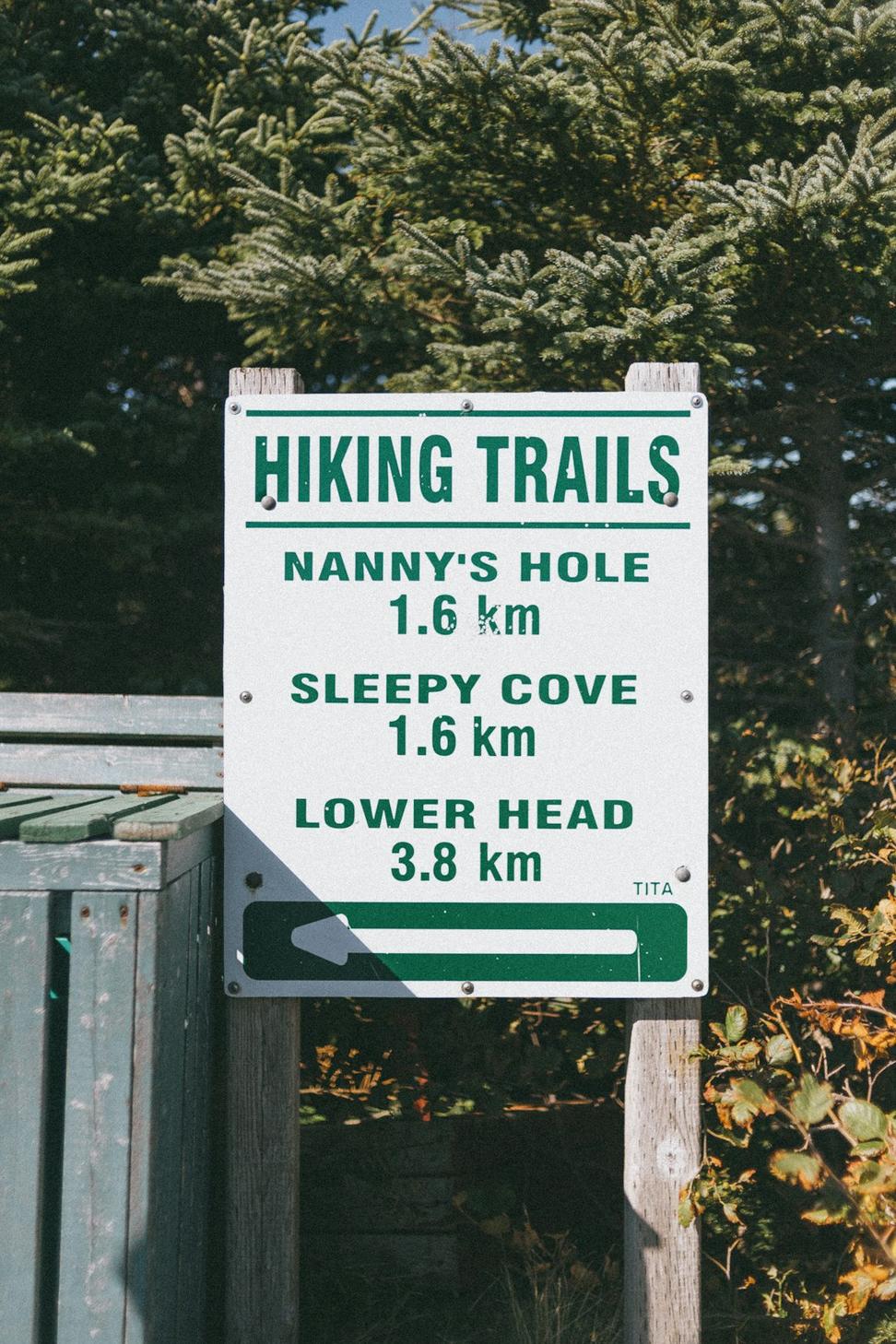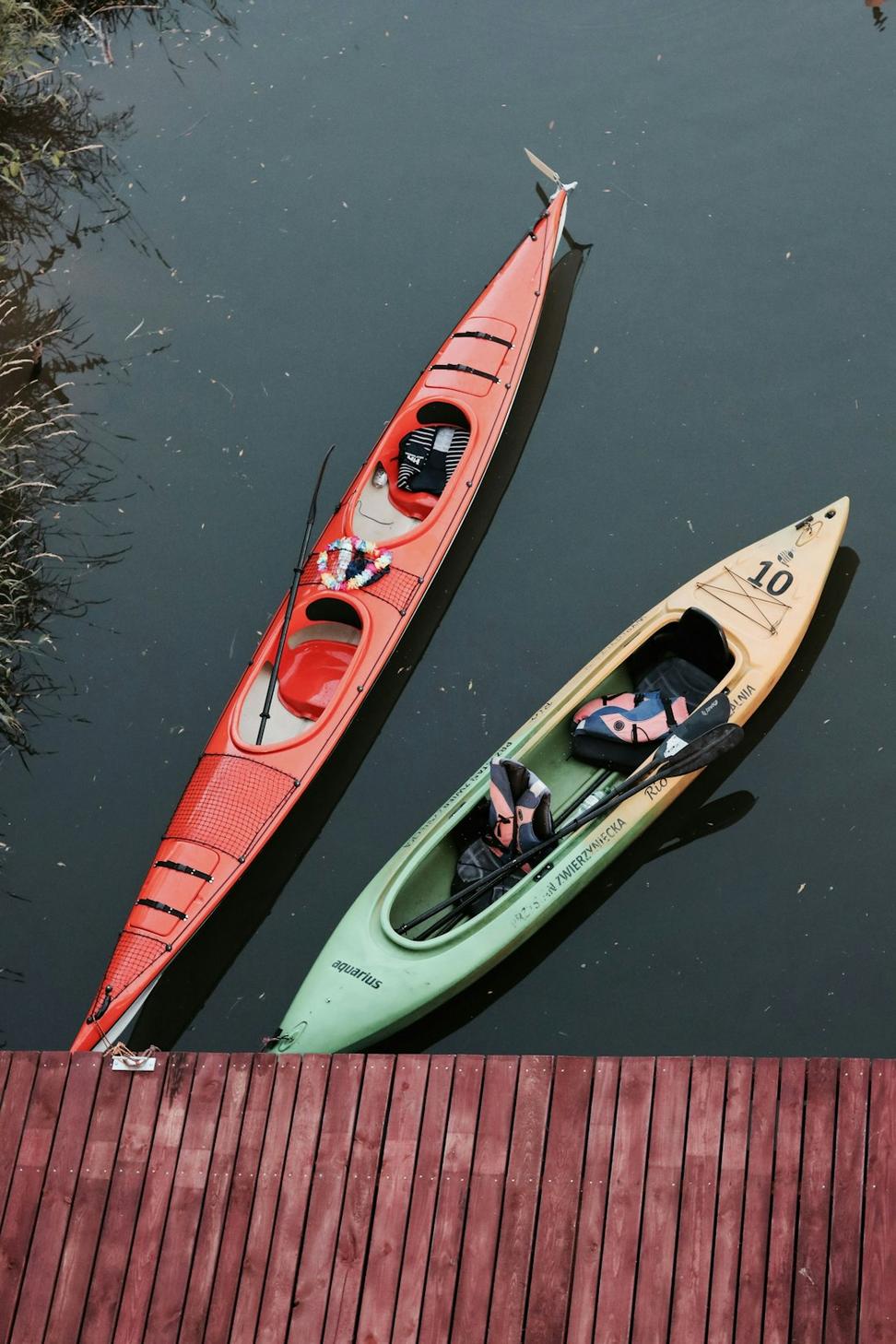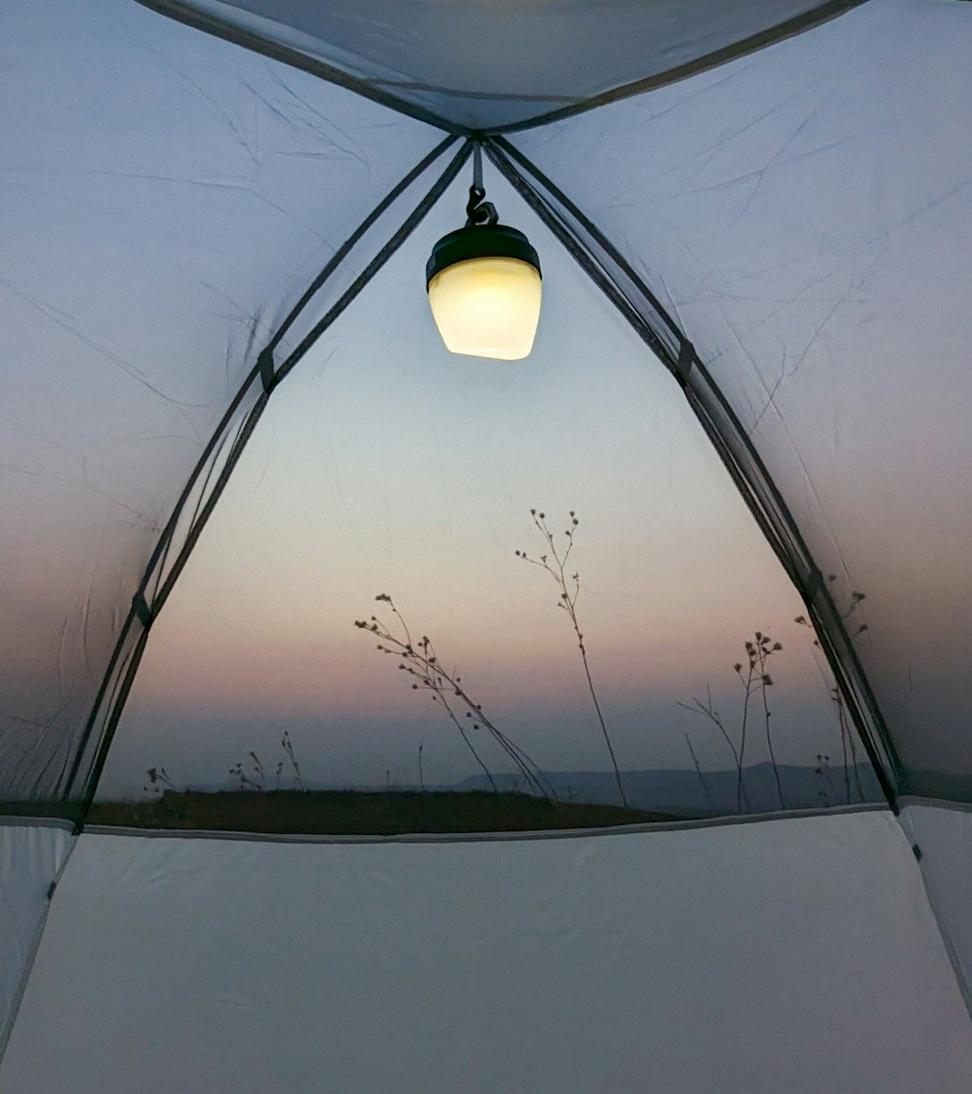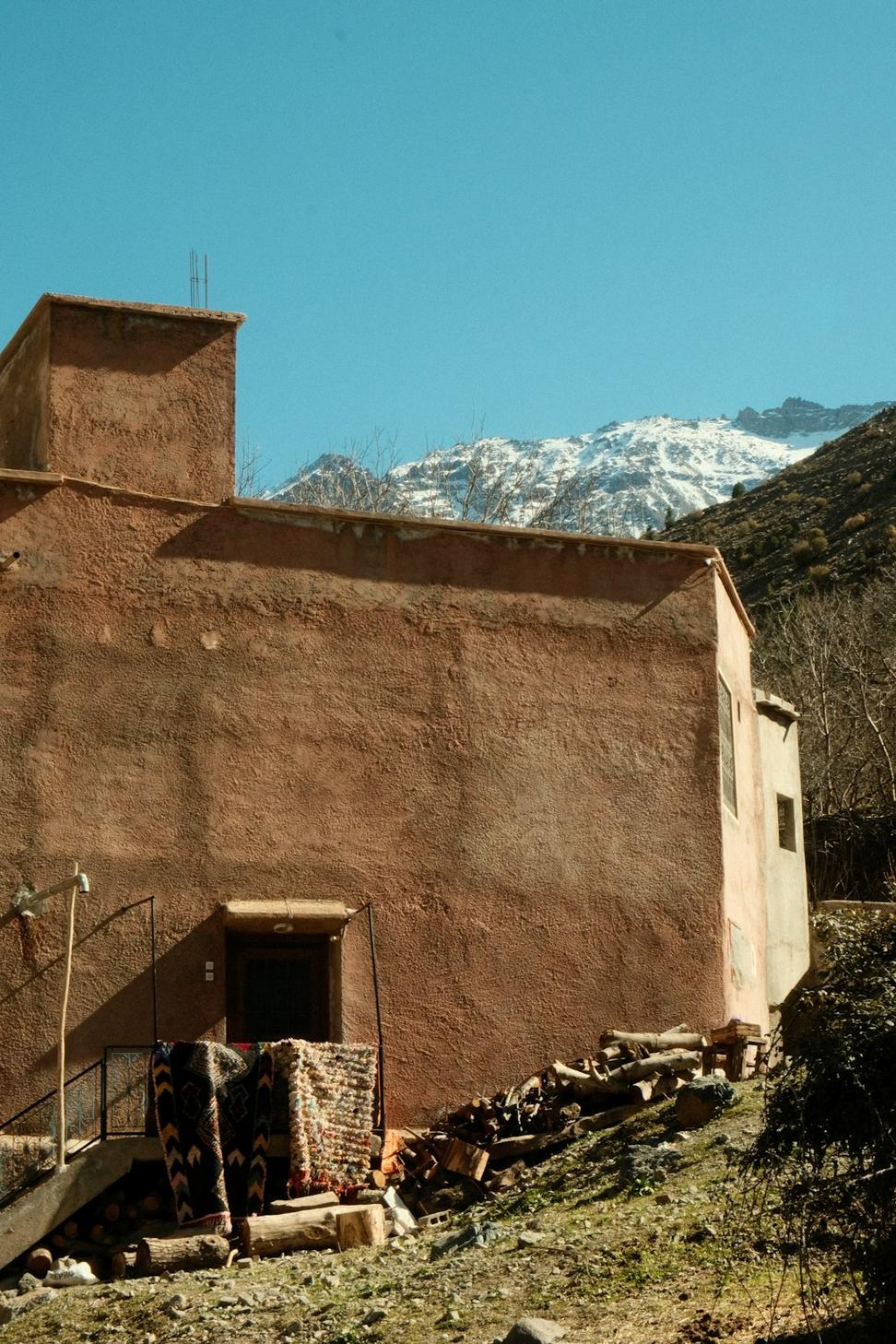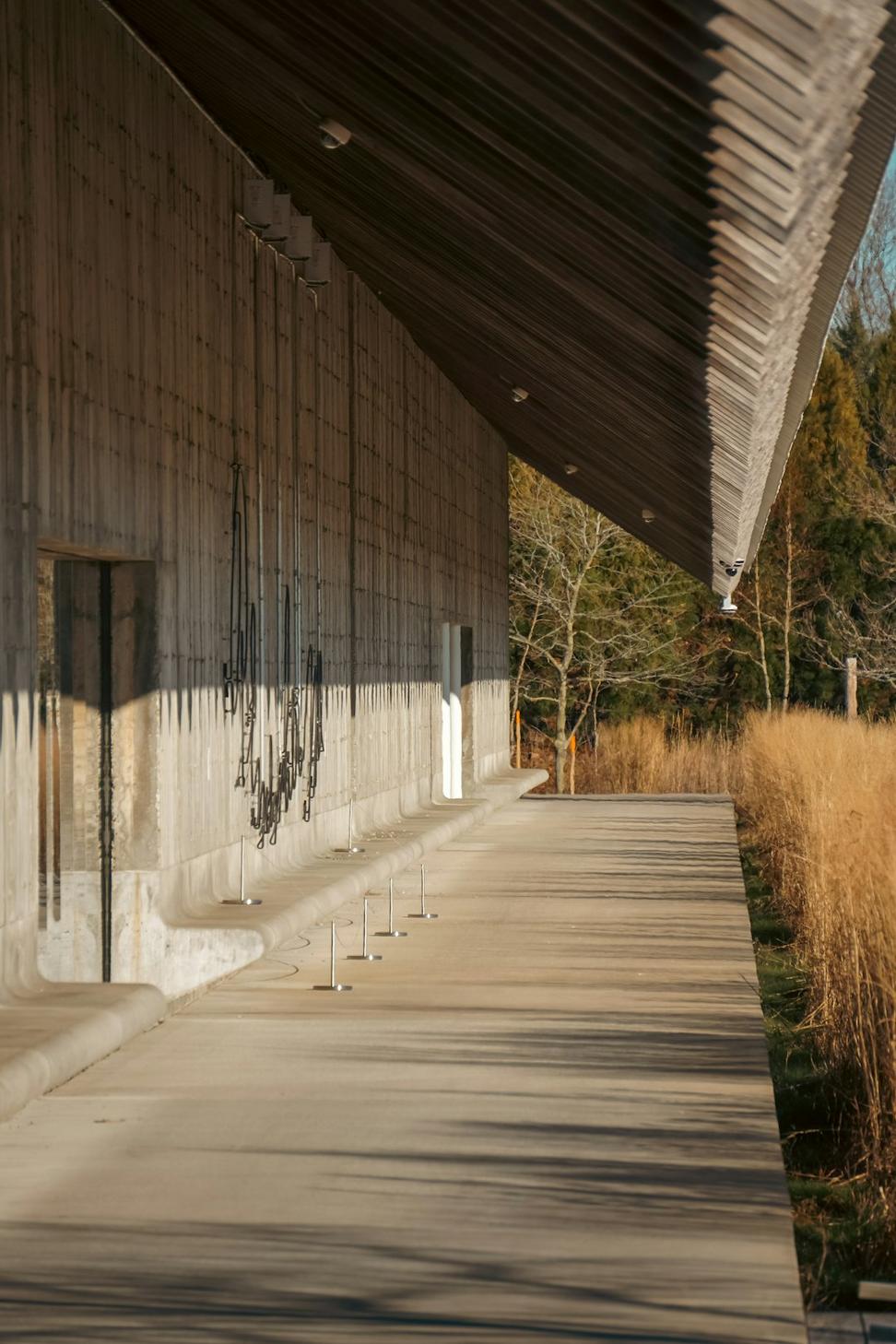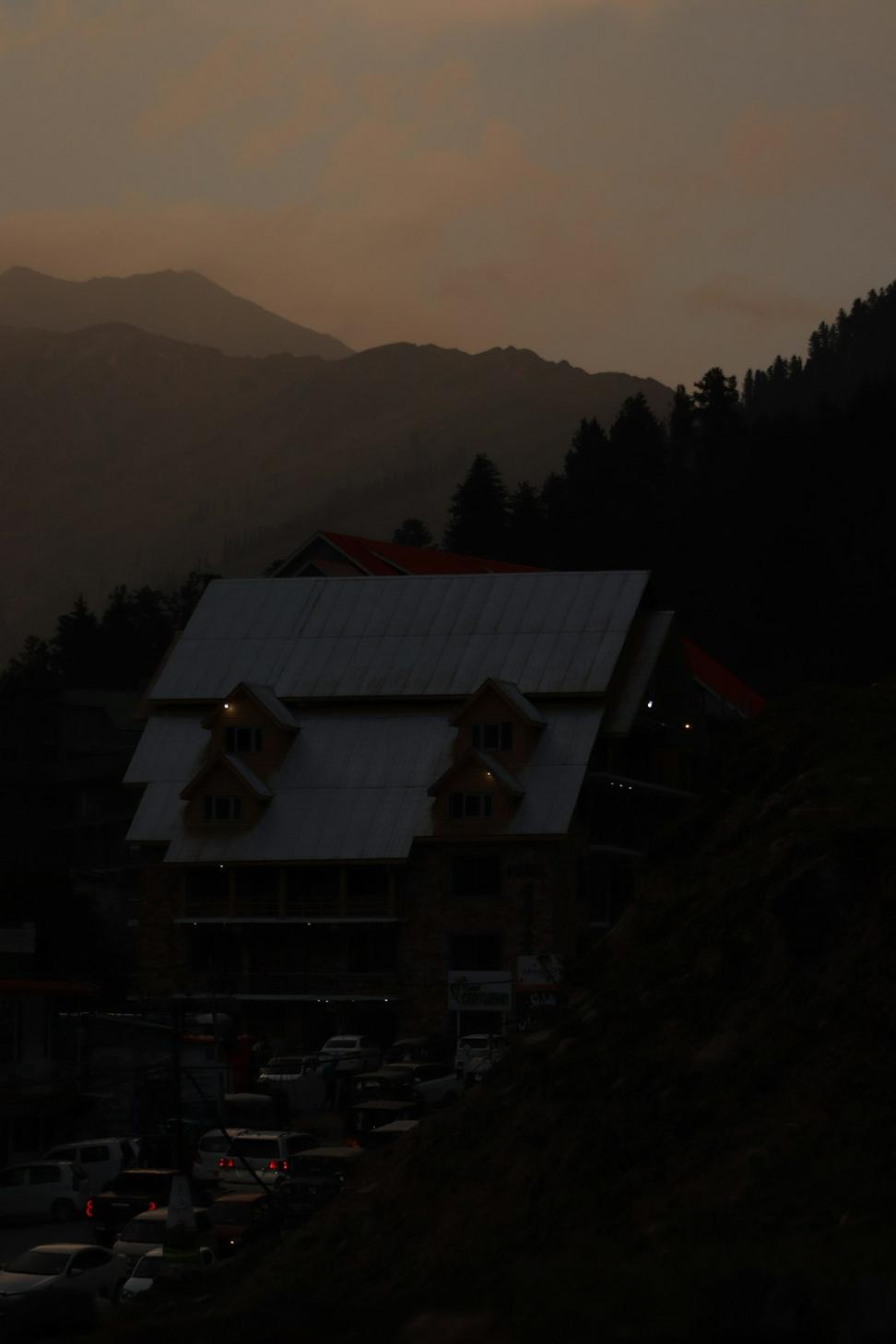
Whistler Peak Lodge
The One That Changed Everything
Honestly, this project almost broke me. Building at 1,800 meters with weather windows that'd close without warning? Brutal. But here's what we figured out – instead of fighting the mountain, we used it.
The main lodge literally wraps around existing rock formations. Guests eat breakfast watching avalanche paths through triple-glazed walls that took six months to engineer. The geothermal system pulls heat from 200 meters down, and we're running at 85% energy independence.
